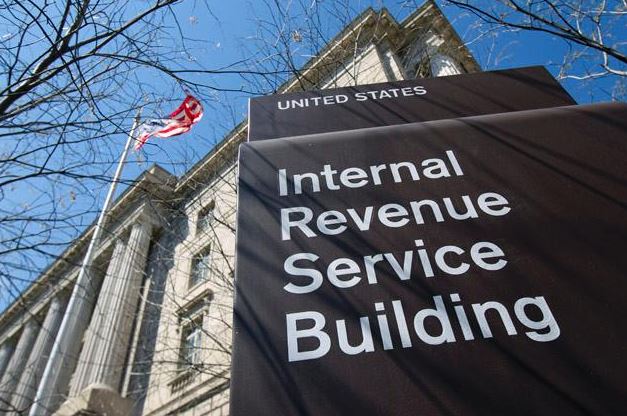PHOENIX – – Tax day has come and gone for most people, but some taxpayers may still be dealing with their taxes. The IRS offers these tips for handling some typical after-tax-day issues:
Didn’t File by April 18?
There is no penalty for filing a late return after the tax deadline if the taxpayer receives a refund. Penalties and interest only accrue on unfiled returns if taxes are not paid by April 18. Anyone who did not file and owes tax should file a return as soon as they can and pay as much as possible to reduce penalties and interest. IRS Free File is available on IRS.gov to prepare and file returns electronically through October 16.
“Where’s My Refund?”
The “Where’s My Refund?” tool is available on IRS.gov, IRS2Go and by phone at 800-829-1954. Taxpayers need specific information to use the “Where’s My Refund?” tool. That information includes the primary Social Security number on the return, the filing status (Single, Married Filing Jointly, etc.) and the amount of refund.
Changing Withholding?
Events – like a change in marital status – during the year may change the exemptions, adjustments, deductions or credits a taxpayer expects to claim on next year’s return. Employees can use the IRS’s online Withholding Calculator to figure and then adjust their withholding by filling out a new Form W-4, normally with the company’s personnel office. Taxpayers who do not have taxes withheld from their pay or don’t have enough tax withheld, may need to make estimated tax payments. Taxpayers who are self-employed normally need to make estimated payments that can be adjusted to avoid a balance due in the future.
Need to View a Tax Account Balance or Make a Payment?
Taxpayers who owe taxes can view their balance, pay with IRS Direct Pay, by debit or credit card or apply for an online payment agreement. Before accessing your tax account online, you must authenticate your identity through the Secure Access process. Several other electronic payment options are available on IRS.gov/payments. They are secure and easy and taxpayers receive immediate confirmation when they submit their payment.
Need to Fix an Error on a Return?
Form 1040X, Amended U.S. Individual Income Tax Return, must be filed by paper and is available on IRS.gov/forms at any time. Do not file an amended return before the original return has been processed. Taxpayers should file an amended tax return to change the filing status, or correct income, deductions or credits. The IRS generally corrects math errors and mails a request for any missing documents. Use “Where’s My Amended Return?” tool to track the status of your amended return. It will take up to three weeks after mailing the return to show up in the IRS system. Processing can take up to 16 weeks.
Need Help Responding to an IRS Notice or Letter?
An IRS notice or letter will explain the reason for the contact and give instructions on how to handle the issue. Most questions can be answered by visiting the “Understanding Your Notice or IRS Letter,” on IRS.gov. Taxpayers can call the phone number included in the notice if they still have questions. Taxpayers have fundamental rights under the law. The “Taxpayer Bill of Rights” presents these rights in 10 categories. This helps taxpayers when they interact with the IRS. Publication 1, Your Rights as a Taxpayer, highlights a list of taxpayer rights and the agency’s obligations to protect them. If normal IRS channels don’t solve the problem, the Taxpayer Advocate Service is available at 877-777-4778.
Watch Out for Scams
Aggressive and threatening phone calls by criminals impersonating IRS agents remain an ongoing threat to taxpayers. The IRS will never contact a taxpayer via e-mail, text or social media. Any e-mail that appears to be from the IRS about a refund or tax problem is probably an attempt by scammers to steal information. Forward the e-mail to phishing@irs.gov. The first IRS contact with taxpayers on a tax issue will be by mail.

